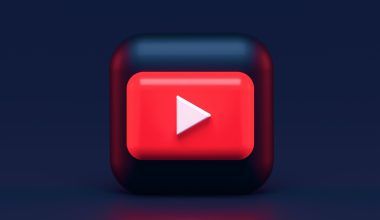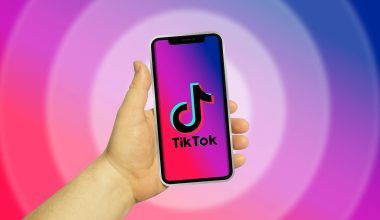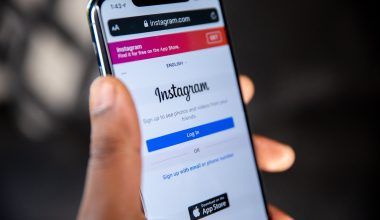In today’s digital era, the power of platforms like YouTube Music has reshaped how artists share their creations and connect with fans. If you’re a musician looking to turn your passion into profit, understanding how to monetize your music on YouTube Music and other platforms is essential. It’s not just about uploading a track anymore—it’s about strategy, reach, and engagement. In this guide, we’ll break down every step in simple, actionable terms, helping you get the most out of your music.
Why Monetizing Your Music Matters
Making music is your art, but earning from it ensures you can sustain your creative journey. Platforms like YouTube Music offer massive audiences who are eager for fresh content. And the best part? These audiences are accessible to everyone, from indie artists to seasoned professionals. By tapping into their potential, you can not only earn revenue but also build a lasting fanbase.
Understanding YouTube Music’s Monetization Potential
YouTube Music is more than a streaming service—it’s a gateway to discovery. With billions of users across the globe, it’s one of the best platforms to showcase your talent. Here’s why it’s worth focusing on:
- Global Reach: YouTube Music connects you with listeners worldwide.
- Revenue Opportunities: From ad revenue to premium streams, there are multiple ways to earn.
- Brand Building: You can strengthen your personal brand and create a loyal fanbase.
Getting Started with YouTube Music Monetization
To monetize your music on YouTube Music, you first need to meet a few basic requirements. These include having a YouTube channel and registering with YouTube’s Partner Program. Once you’re set up, here’s what you need to do:
1. Create High-Quality Content
The first step is producing tracks that resonate with your audience. Invest in good equipment and focus on delivering professional-quality music.
2. Optimize Your YouTube Channel
Your channel is your storefront. Use a catchy profile picture, create an engaging banner, and organize your content into playlists.
3. Enable Monetization Features
Head to YouTube Studio and turn on monetization options. This step will allow ads to appear on your videos, earning you revenue.
Expanding Beyond YouTube Music
While YouTube Music is a fantastic starting point, you shouldn’t limit yourself. There are several other platforms where you can monetize your music effectively:
Spotify
Upload your tracks to Spotify for Artists, where streams contribute to your earnings. Playlists play a huge role, so aim to get featured.
Apple Music
Like YouTube Music, Apple Music offers royalties for streams. Ensure your tracks are distributed here to maximize reach.
SoundCloud
SoundCloud is another platform where monetization is possible. Its Pro Unlimited plan allows you to earn directly from streams.
Tips to Maximize Revenue Across Platforms
1. Distribute Your Music Everywhere
Use distribution services like DistroKid or TuneCore to get your music on platforms like YouTube Music, Spotify, and more.
2. Promote Your Tracks Regularly
Leverage social media platforms to share your songs and engage with fans. The more people stream your tracks, the more you earn.
3. Collaborate with Other Artists
Collaboration is a powerful way to reach new audiences. Work with other artists and feature each other’s music on different platforms.
How to Boost Engagement on YouTube Music
Engagement directly impacts monetization. When people like, comment, and share your videos, YouTube Music’s algorithm pushes your content to more users. Here’s how to boost engagement:
- Ask for Feedback: Encourage viewers to comment on your videos.
- Post Consistently: Regular uploads keep your audience engaged.
- Use Keywords Strategically: Titles, descriptions, and tags should include relevant keywords like “Monetize your music on YouTube Music.”
Monetizing Through Live Streams and Super Chats
YouTube Music allows artists to host live streams. During these, fans can interact with you directly and support your work through Super Chats. Live streams also create a sense of community, helping you strengthen your relationship with fans.
Building a Merchandise Store
Another great way to monetize is by creating merchandise. From T-shirts to vinyl records, merchandise lets your fans support you while receiving something tangible in return. Use platforms like Shopify or Teespring to set up your store.
Exploring Licensing and Publishing
Licensing your music can open up additional revenue streams. For instance, your tracks could be used in films, TV shows, or commercials. Platforms like Songtradr or Musicbed are perfect for getting started with licensing.
Measuring Your Success
Tracking your performance is crucial. Use analytics tools on platforms like YouTube Studio or Spotify for Artists to see which tracks are performing well and adjust your strategy accordingly.
Challenges and How to Overcome Them
Monetizing your music isn’t without challenges. You may face competition or struggle to gain visibility initially. To overcome these hurdles:
- Stay Consistent: Keep uploading and promoting your music.
- Engage with Fans: Respond to comments and messages to build loyalty.
- Experiment with Different Content: Try covers, remixes, or behind-the-scenes videos to attract more viewers.
Conclusion
Monetizing your music on YouTube Music and other platforms is a journey that combines creativity, strategy, and persistence. By using the tools and tips shared here, you can turn your music into a steady source of income. Whether you’re an indie artist or part of a band, opportunities are endless if you focus on growth and engagement. Start today, and soon you’ll see the fruits of your hard work.
For further reading, explore these related articles:
- How to Put Your Own Music on Spotify
- How Much Does a Music Video Cost?
- Music Promotion on Spotify: Your Ultimate Guide to Success
For additional resources on music marketing and distribution, visit DMT Records Private Limited.






